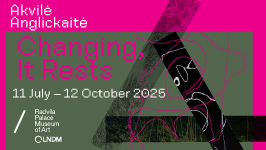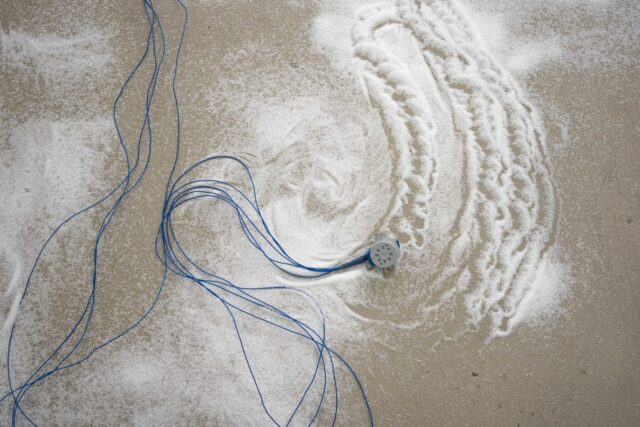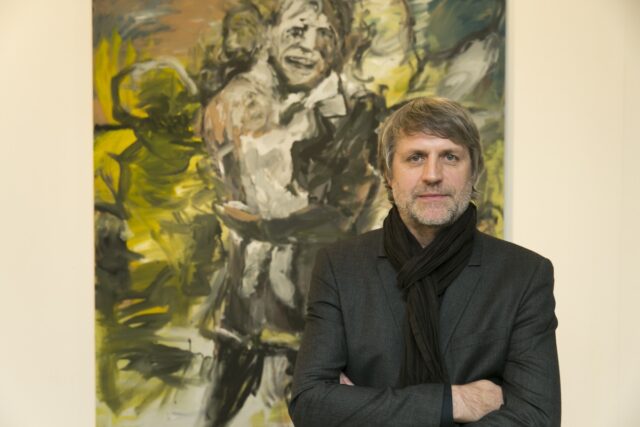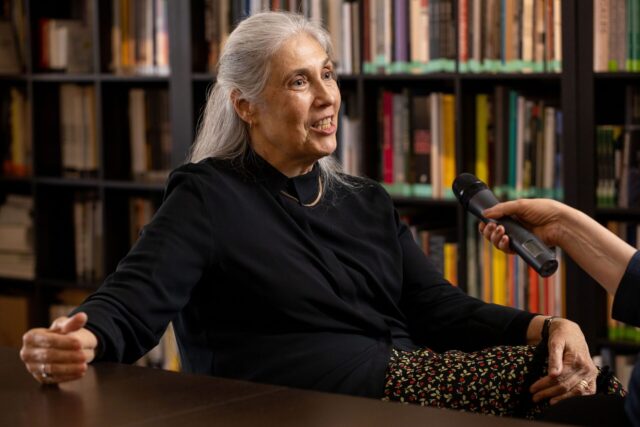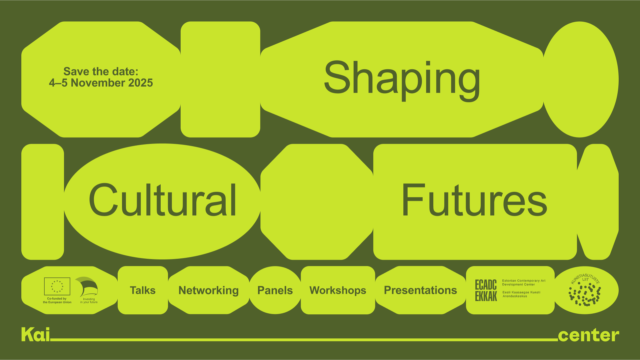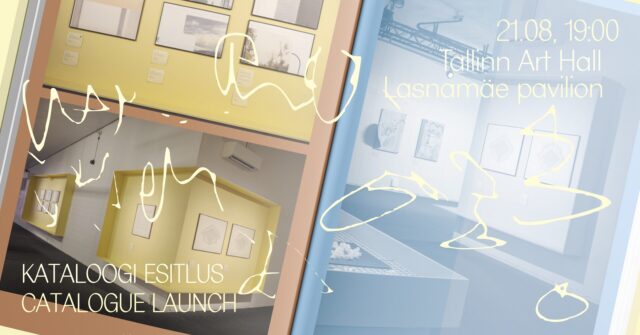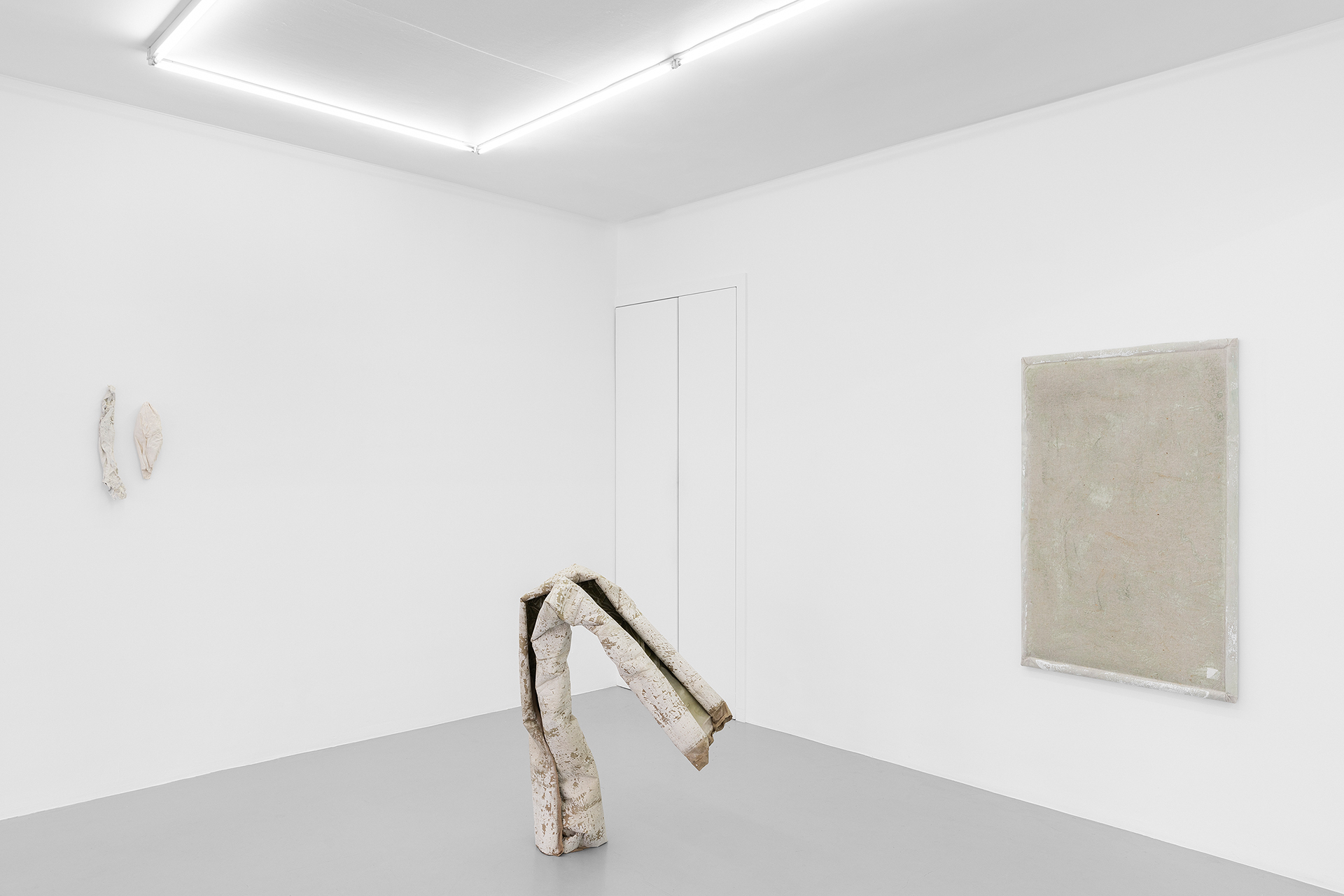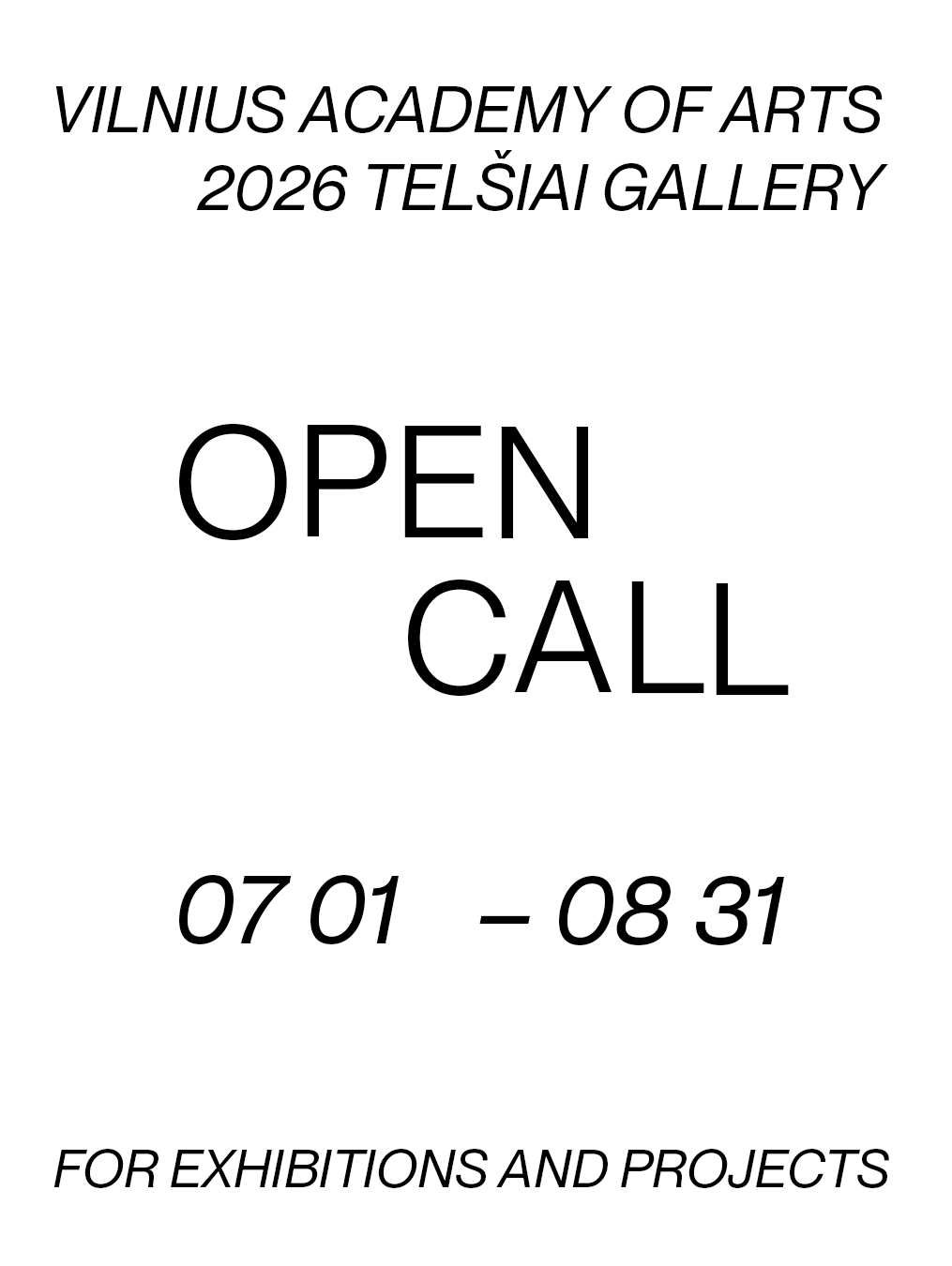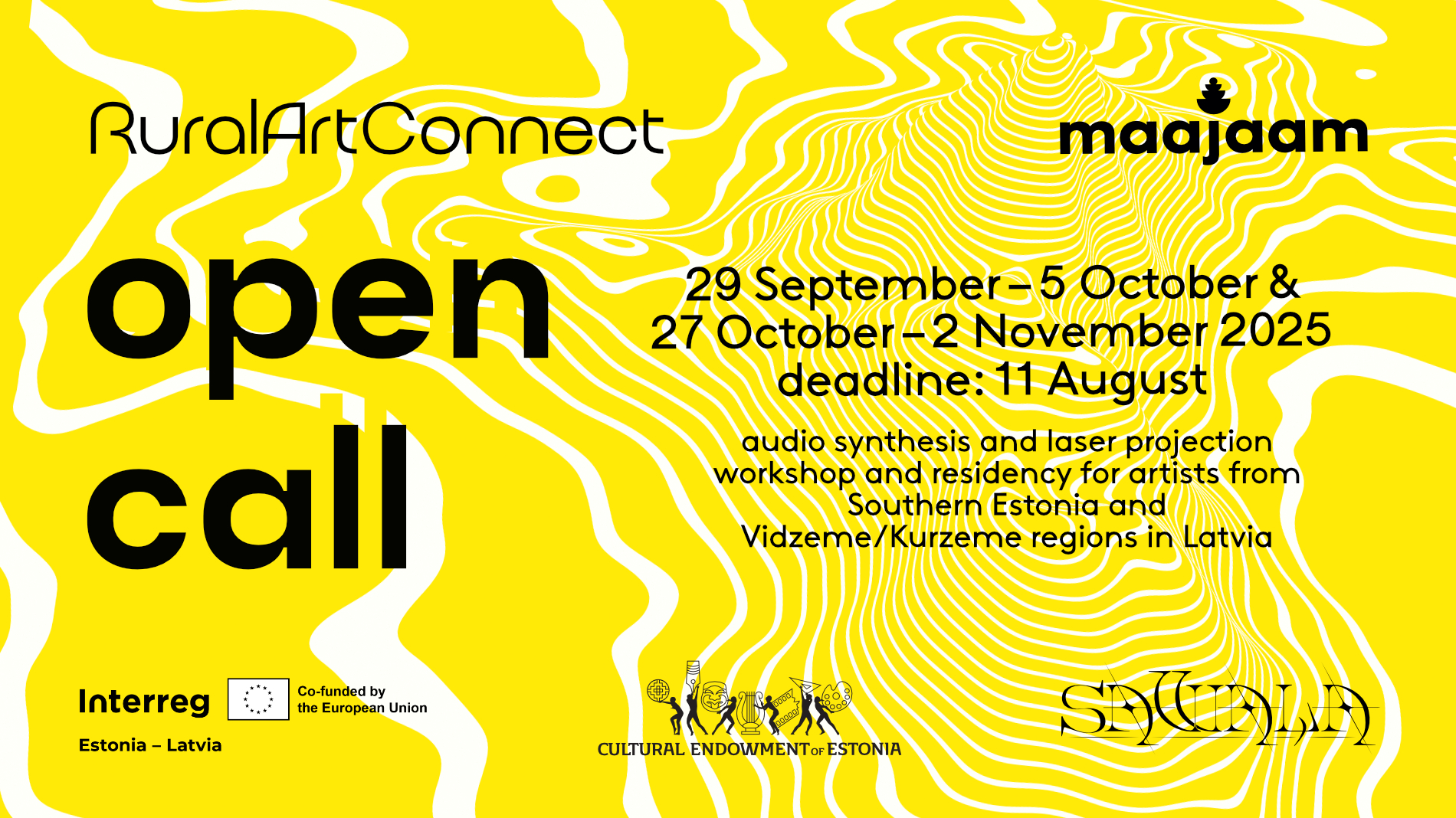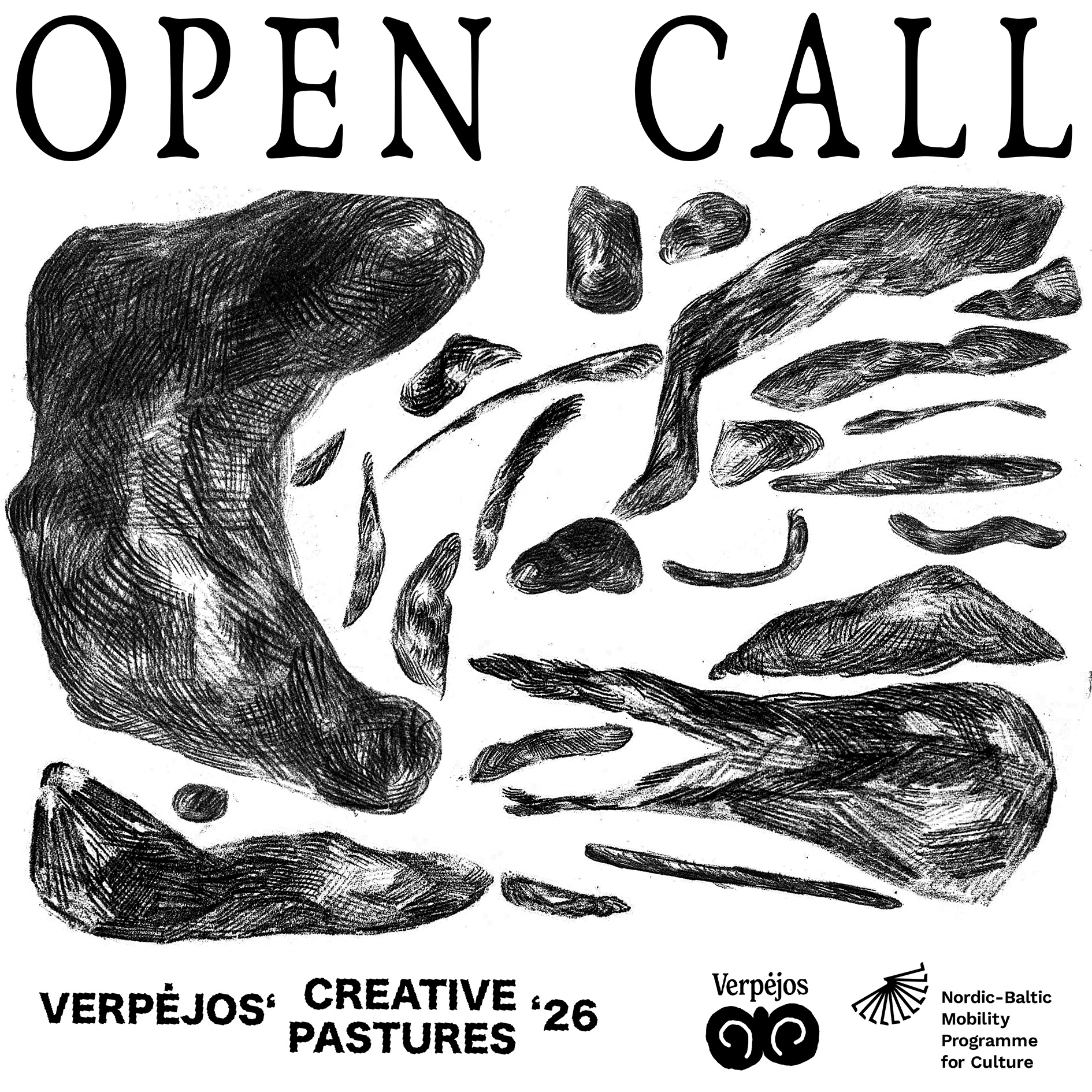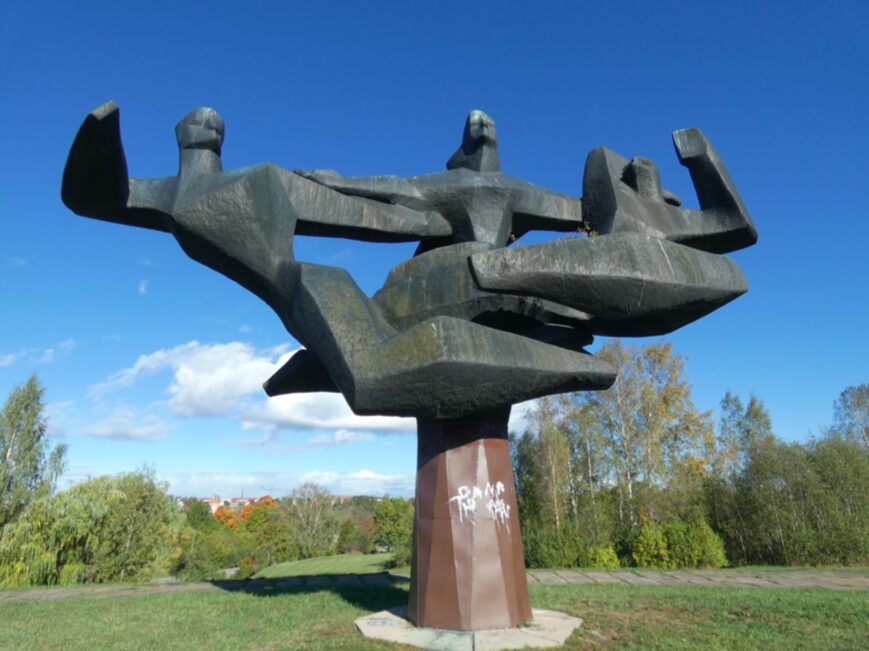At the beginning of 2020, we started to work on the book Your Time Is My Time, which aims to analyse contemporary art practices among artists from the Baltic countries in the context of shifting global networks and art production. Most of these artists are used to dividing their daily life and work between several cities in distant geographical areas.
In the current situation, with the disruption to everyday habits, and facing uncertainty about future travel and projects, we asked artists to give us an insight into their routines and challenges during the pandemic, which is accompanied and accelerated by a deepening ecological crisis. While we are interested in aspects connected with nomadic life, such as precariousness, migration, presence, a sense of belonging and place, we are also curious about the relationship between the geographical space and the mental space in which artists operate and feel at home, at a time when their work is often virtual and online.
The book eventually aims to capture the turning point in the perception of geographical and social proximity, and the shift towards finding more sustainable artistic methods and practices in response to the challenges from global turbulence.
Your Time Is My Time is expected to be published in 2021.
Compiled and interviewed by Merilin Talumaa and Annika Toots.
Participating artists include: Katja Novitskova, Laura Põld, Ingel Vaikla, Maria Kapajeva, Evita Vasiljeva, Daiga Grantina, Viktor Timofeev, Pakui Hardware, Agne Juodvalkytė, Emilija Škarnulytė, Lina Lapelytė, Young Girl Reading Group.

Laura Põld’s studio in Vienna. Photo: Marek Mäemets
Laura Põld (1984) is a visual artist based in Tallinn and Vienna. She has worked in different media, photography, textiles, ceramics and embroidery, constructing large-scale installations that carry poetic narratives connected to places and spaces.
The world has stopped in many ways due to the pandemic. And as we try to process it all and find ways to move again, we can agree that some things have changed for ever. How has this collapse affected your professional and personal life? How have you been able to cope with the social and economic restrictions, postponing or cancelling planned projects and events?
Although I am currently out of danger, and my partner and I try to keep sane in these challenging times, my professional arrangements have been very disrupted. I had planned to spend a period working in my studio in Tallinn, from where I had just taken works to a new storage space in Tartu and made more space. A freshly renovated ceramics workshop had just opened in the ARS building, and I was hoping to do some work for an exhibition that was postponed until next summer. Several group shows (in Poland, Israel and Tallinn) have been cancelled or postponed indefinitely. The book I was working on with a great team is slowly being prepared to go to press at a much later date, but the book launch and talks with contributors have now been cancelled.
I was also hoping to address some health issues in Tallinn, where an operation and therapy were planned. So, many things are currently on hold, and since both countries still present advantages in parts of my livelihood, as for many, it is stressful to have this long period of not knowing in different areas of life.
Since I have still agreed to produce new work for shows that are hopefully taking place later this year, I was lucky to be able to work in a ceramics studio with a kiln in Vienna; but that also means extra rental costs that I had not foreseen, of course. Yet again, I feel the risk is borne by the artists, and it is hard not to do what you are used to doing. Especially since for the last ten years I have had shows non-stop, and inventing a new way of thinking and working does not come overnight. And yes, specifically in the current shaky economic situation, it is sometimes cheaper to just work less when it comes to artistic production, including studio rent, costs of materials, etc. But it is painful to face the facts, and fight the external pressure to be productive and visible, even now in the midst of the Covid-19 pandemic.
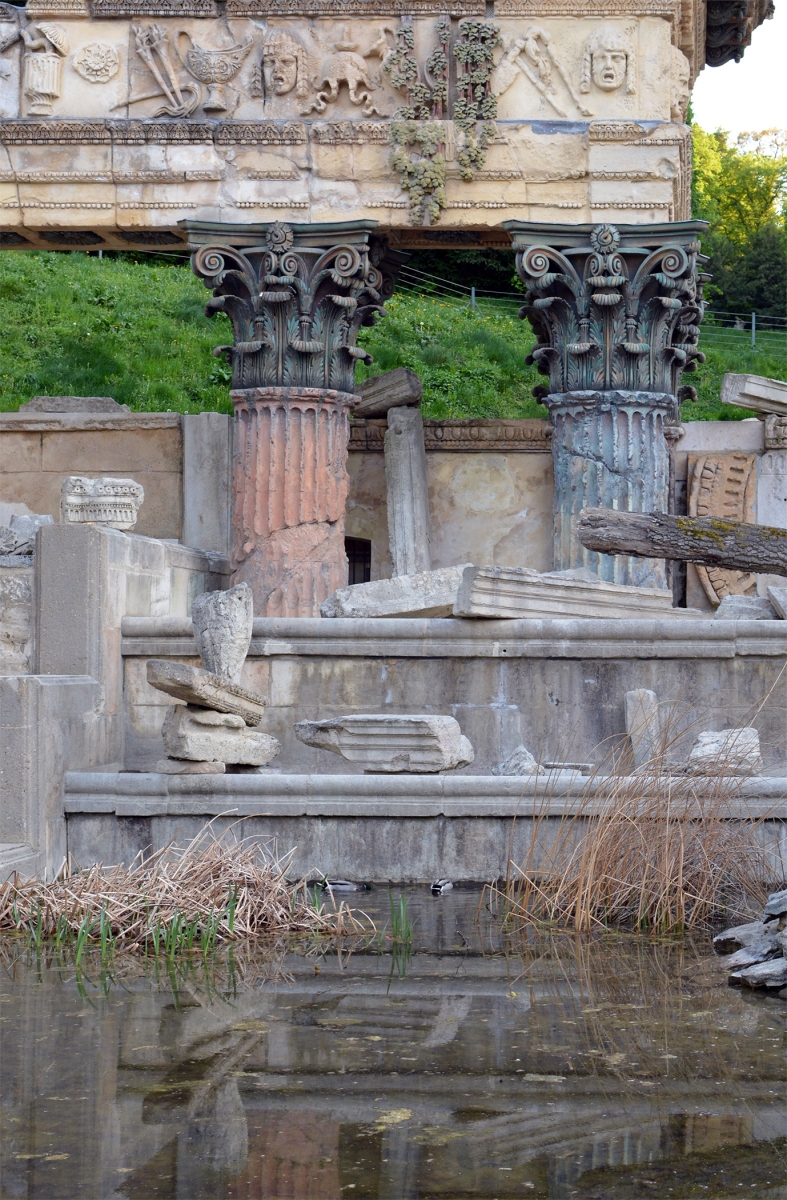
Roman Ruins, Vienna. Photo: Laura Põld.
You have been living and working between Tallinn and Vienna for several years. You decided to stay in Vienna for now. Can you describe how you perceive the city now, and what you find that is interesting in the cityscape these days at the height of spring?
When I flew to Vienna on 20 February, travelling already felt different, but I didn’t know that three weeks later I would have to decide where I would spend the next three or four months.
I decided to stay in Vienna, because I didn’t feel safe travelling back, and I also had nowhere isolated to stay in quarantine in Tallinn. I would have been a danger to my relatives, who are in the high-risk group and have underlying health conditions. We are also changing apartments in Vienna in early May, and that is a huge project. A lot of this is nerve-racking, but some cancellations also offered a kind of relief at the beginning: I felt that staying in one city would help me to balance life, and to plan the coming years more carefully. Packing and sorting out my belongings before moving gave me a good run-down on things.
The mood in the city changes. March was cold, people were afraid of each other, and the supermarkets had this raw panic vibe. April had many warm and sunny days, I think I saw fewer police cars, and people were starting to relax. Distancing was kept up, but the blossoming parks filled up with people sunbathing and eating ice-cream.
How do you keep fit, both physically and psychologically, in the current situation?
Frankly, I am definitely not in control of the situation, and my habits need a strict review. But talking to close friends feels more important than ever. I am working on this new group project that involves my personal life: my partner and I are trying to visit as many quarries in Austria as possible on Saturdays. It always includes some climbing, and other excitements such as entering forbidden areas through the forest. Keeping a video diary has helped me to keep calm, and consuming challenging literature or lectures lets the brain concentrate on one thing. Keeping in touch with collaboration partners brings back the excitement of future projects and meetings in the physical world. On the positive side, I think I have had more regular sleep and a bit less work-related stress in the last two months.
Working in different cultural contexts and geographical regions has naturally been a part of your artistic practice. You have taken part in various residency programmes in Iran, Japan, New York, etc, in recent years. Your studio is in Tallinn, but you are also partly studying and working in Vienna. You recently pointed out that this kind of intense and accelerated lifestyle has led you to a state of burn-out many times. Do you think you would consider changing your way of life and your working methods, especially now that the world is facing a future shaped by pandemics? How would you describe your (ideal) future living and work situation and conditions?
Yes, I had two burn-outs last year, a mixture of physical and mental exhaustion. But it is not just me. I see many talented people in a very similar, or worse, state of depression. I have been trying to understand if it is about having too great career expectations: it is sometimes hard to differentiate between what is realistic and what is unrealistic in the art world. There almost seems to be no consistency or logic. At times, you give everything you’ve got, but feel no joy from showing any more. The communication with institutions, and also with other artists, feels broken. Do artists and other freelance cultural workers need some kind of supporting structure that also supports the artist’s life cycle (programmes and funds for artists in all ages)? I think that is something that artists need to build for themselves and for each other. A kind of support system that has grown from the real needs of the artists: for connection, shared experience, information and understanding.
As for myself, I have started wondering if many stages of production are wasteful considering my economic, intellectual and energy resources. And at the same time, I feel that only the chosen few get to talk publicly about giving up a career, so talking about my doubts feels a bit like bragging.
About travelling, I am currently really looking forward to meeting collaboration partners who are based in Canada, Hungary and Estonia, so that still means travelling again; but I think I would be seeking residencies based less on the adventurous sound of the programme, and more on already-existing plans in that location. I miss my studio in the ARS building in Tallinn, and I am feeling a bit more settled in Vienna. There is also my connection with the University of Art and Design in Linz; that is more than enough for the moment.
In an ideal situation, I would make work closer to the venues, involving less international shipping and planning, and more real-life meetings and involvement of experts from different fields. I wish all artists would get paid for their work: it is still not the norm. Working with a project manager and assistant would help in the busy preparation periods before residencies and exhibitions. I wish I could spend more days reading and in the studio. I would like to be connected with different non-art-related communities. Maybe I have been focusing too much on getting my own things done in recent years and worrying about the next month, year, etc.

Clay. Photo: Marek Mäemets.
Your work and your working methods are very physical, and materiality plays a central role. For example, you often use ceramics, a seductive and playful material, but it is heavy, and also quite damaging ecologically. Do you see a need to change the materials you work with? Have you considered alternative materials and working methods?
Yes, clay is a mineral resource, and once it is fired, and becomes ceramics, it is no longer possible to recycle it. I have enjoyed working with clay from diverse regions, with different colours and qualities, and therefore piled up left-over bits from each bag. Now with the art supply shops being closed in Vienna for the last two months, I have been watering down the old dry clay, and working with the recycled mass, but also enjoying the slow and tactile process of soaking, draining, mixing, drying and kneading the already-used clay. There is so much nuance and beauty when you take time to look, and it has made me think about our planet’s soil. I have decided to value these processes that are hidden from regular exhibition audiences, and include them more in the ‘product’ of the work. Yes, perhaps it does not need to be a permanent object, ceramics with expensive shipping. There’s an exciting collaboration project I’m involved in. Walking Talking Minerals, with Lou Sheppard (CA), Laura Põld (EE/AT) and Pamela Hart (CA), conducts artistic research into sites of extraction and the material that was extracted from them, including gold. As we are now far apart, I am contributing with what I have at hand: I am trying to visit and document local mining sites, and work with soil and clay. The medium we are currently working on is video, actually.
The pandemic has accelerated processes that were already taking place in society, such as virtual communication, social alienation, constant economic survival mode for small businesses and freelancers, etc. What aspects, for you as an artist, has the pandemic influenced most in your life and work?
There have been waves of contrasting feelings. But before I say anything, it is important to note that I am currently enjoying a very rare situation as an artist: I am receiving an artist’s laureate salary from the Estonian Artists’ Association, and therefore I have a little more security compared to what I’ve known in the past, and probably also in the future. I have been looking at the world changing around me, while having enough to eat, and being in reasonably good health. I feel the country’s health system is strong, and the fear about the virus is slowly fading away and being replaced by tremendous economic worry in society, especially in culture and tourism. The recent news about public cultural life in Austria is worrying: tens of thousands of freelancers have lost their incomes, but it is not known if the lockdown will last until September, or even January 2021, and so many cultural venues are going to close for good.
More notes on my personal life: it’s been five years since I last got to spend so much time in Vienna in one stretch, and I have a studio in Vienna again; it’s been six years since I had one here. The last one seems rather paradoxical in the current circumstances.
Do you believe in a possible fundamental change in the art world and its institutions? Do you consider this important? If you could form an ideal and sustainable art scene/art institution model now, what would be the most important aspects for you personally?
The larger government-funded institutions that can afford it will probably get back to business as usual. And those who cannot will try to invent new ways. I have a feeling that many artists now need time to refigure and reestablish themselves. Like many others, I believe that we cannot look at the pandemic separately from climate change. So much recent artistic activity has been about dark ecology, climate change, our consumerist habits, and their toll. So what’s next? Either society is now more prepared to have interdisciplinary discussions, and artists can be part of them, or I can imagine that many artists might need a bit of space, and they might turn inwards for a while. The call to react immediately and take part in countless online exhibitions about corona lockdown is not a solution. I wish artists wouldn’t sell themselves cheaply just because there is so much opportunity to do so now, with online projects, with an unchanged mindset (produce for the web, and do it fast!). Rather drop out, quit, fail for half a year … Maybe I am being too idealistic. I think I tend to be, and unrealistic. And surely not all open calls are evil! I think curators have maybe even more responsibility for building a careful and sensitive conversation, including minorities and letting go of some safe names.
I think it could be a good chance to start again, and before shows that were postponed just get shifted. Maybe it’s important to actually revalue agreements. Artists deserve retainers, just like technicians get their pay. There are plenty of artists who never get institutional shows; maybe they organise their own events in their studios. I think it is important for some institutions to know the difference. There is such a thing as the host’s responsibility.
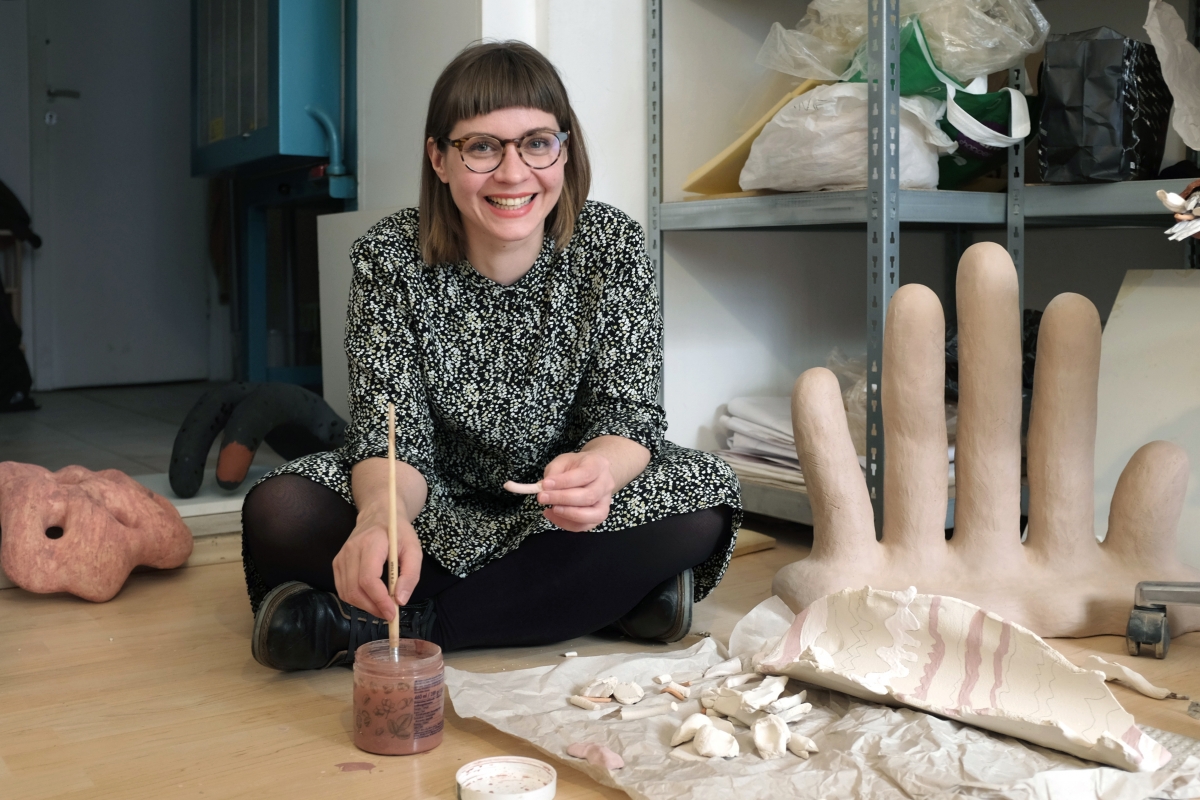
Laura Põld’s studio in Vienna. Photo: Marek Mäemets
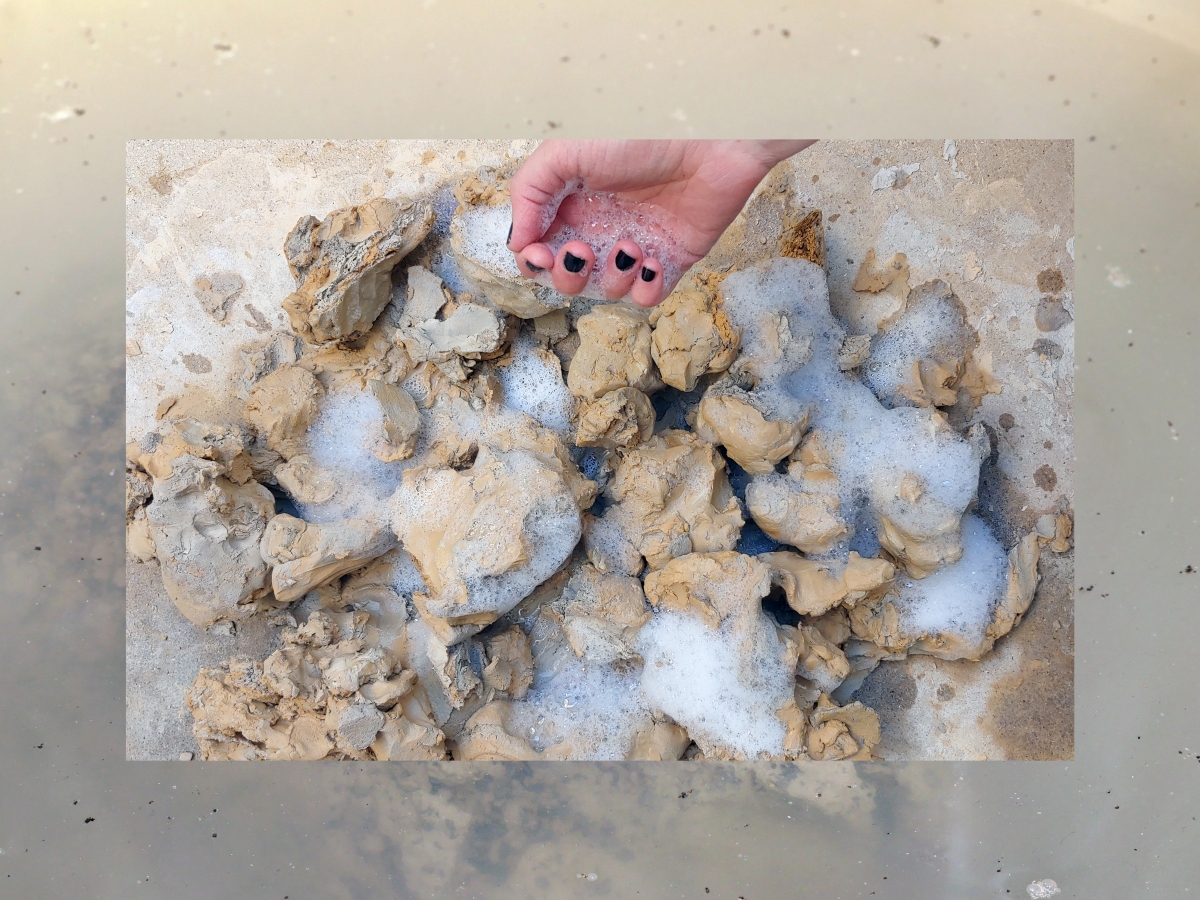
Clay. Photo: Marek Mäemets.

Neptune Fountain, Vienna. Schönbrunn Park. Photo: Laura Põld




